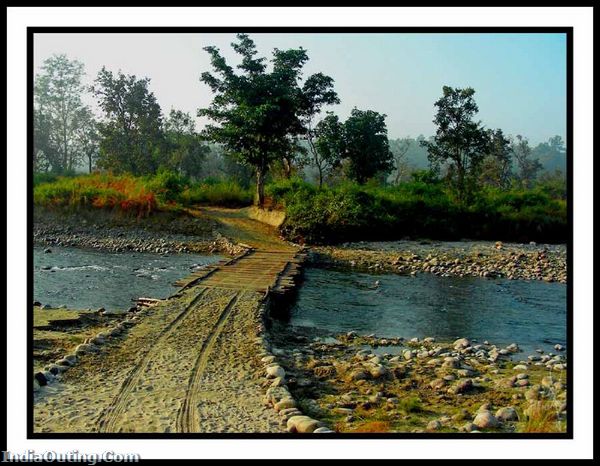Darjeeling
Darjeeling is in a small city in West Bengal, India. Darjeeling grew in prominence during the mid 19th century when, because of its climate, the British first established a hill station there after leasing it from the Chogyal of Sikkim and later discovered that the area was particularly well suited for tea plantations.
Because it was a popular hill station during the days of the Raj, a lovely Victorian town was built among the Himalayan foothills, the remnants of which are still visible around the Chowrasta and Darjeeling remains a popular summer and fall resort for the natives of Kolkata today. For tourists, the main attractions are the cultural diversity, the beautiful views (including the wonderful vista view of Kanchenjunga), a variety of trekking options, and the opportunity to cool down after a stint in the plains. The town is also a jumping off point for travelers heading to Sikkim.
Getting There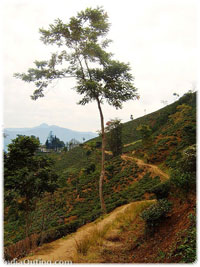
By plane
The nearest airport is Bagdogra, near Siliguri, 96 km from Darjeeling.
By taxi/share jeep
Siliguri is the nearest town. Ample transport is available to Darjeeling from here. The most popular modes of transport are taxi (usually shared by three to four passengers), share jeep (ten passengers).
However a Taxi from Siliguri will not take you out for sight seeing once on the hills/or in the Darjeeling town ship. It is advisable to take a one way taxi from Siliguri into Darjeeling, and book a Taxi within Darjeeling for sight seeing and your journey back to Siliguri. Taxi-fares are standard, and are generally affixed on the rear wind shield of the vehicle.
Share jeeps depart regularly, from several locations around town. They leave when full, and are a cheap, fast and reasonably comfortable way to get to Darjeeling.
By bus
There is a regular bus service from Silguri to Darjeeling. However, they are quite slow due to the steep, twisty climb up to Darjeeling. Share jeeps are almost as cheap, and faster.
By train
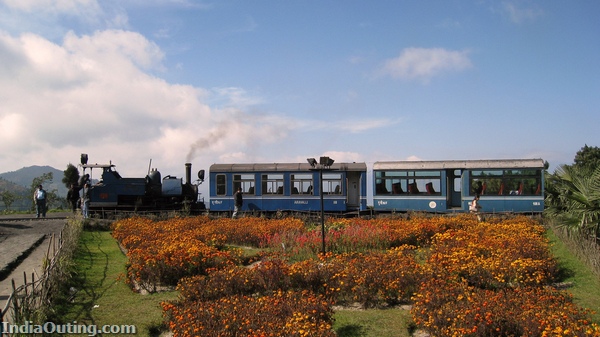
New Jalpaiguri (NJP) near Siliguri is the nearest station on the main inter-city line. Direct trains to NJP run from Delhi (approx 27 hours) several times a day. From there, the famous Darjeeling Himalayan Railway, known to all as the ‘Toy Train’ completes the journey to Darjeeling. This route is very popular with tourists as it passes through some very picturesque mountain scenery and has been the subject of many romantic articles.
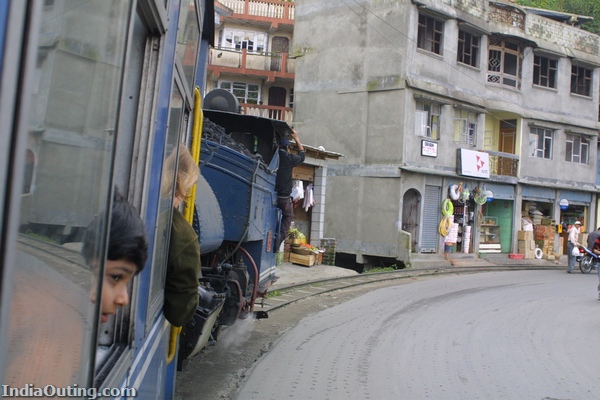 Getting Around
Darjeeling is a small town and the salubrious climate means walks around town are an extremely enjoyable means of getting around. For longer trips, taxis are available in stands near the entrance to the Mall.
 See

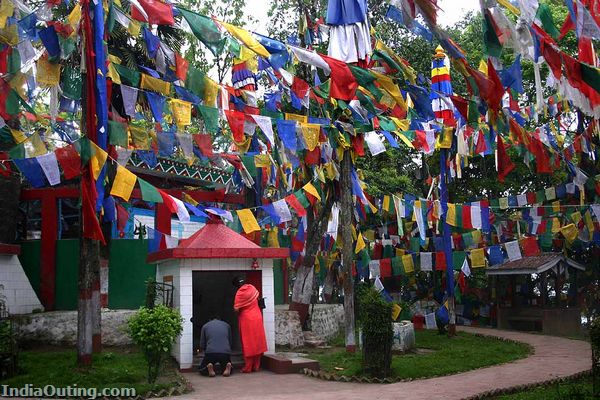
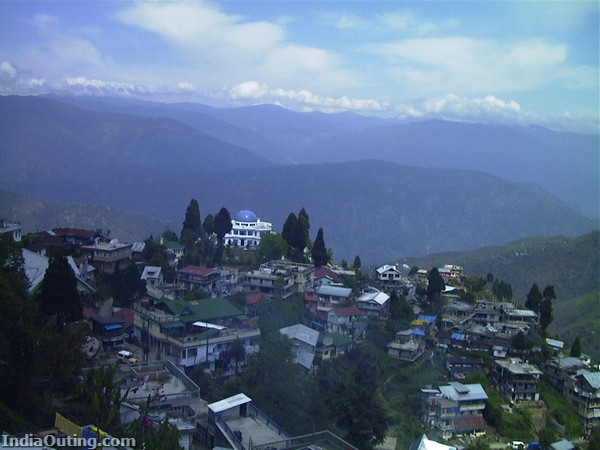 Do
Darjeeling is one of the oldest hill stations in India, and has plenty of options, both for those seeking a lazy getaway from the hot plains, as well as nature enthusiasts and adrenaline junkies. Apart from sights within the town, there are plenty of trek options along the Himalayan ridges on the Indo-Nepal border near Darjeeling. The most popular one being the Singhalia Ridge Trail. Bookings for guides, porters and accommodation on the trail can be made in Darjeeling or in the nearby town of Manebhanjang, which serves as the trail-head.
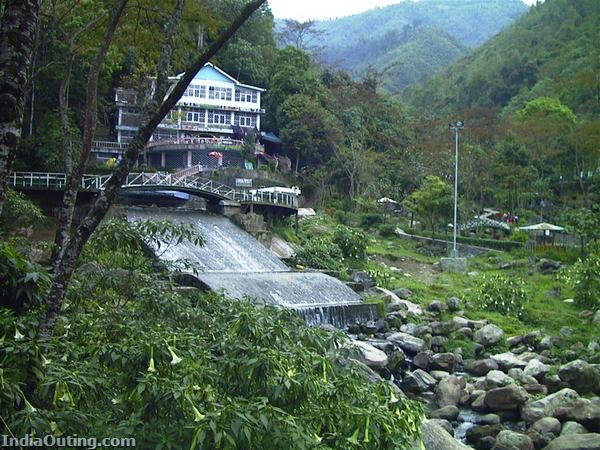 Buy
 Eat
‘Momos’ – a steamed delicacy are a staple food offered by almost every eating joint. Several eateries which dish out North Indian, Nepali, Tibetan, and continental fare dot the area around the Mall.
One major problem is everything closes pretty early in the night (8 PM). So do keep something in stock to eat, if you are planning to stay up late.
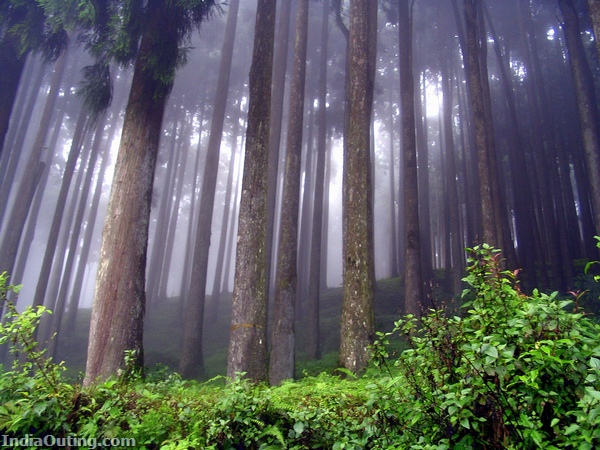 E E
Click On Subject To View
|

Jim Corbett National Park—named after the hunter and naturalist Jim Corbett who played a key role in its establishment—is the oldest national park in India. Situated in Nainital district of Uttarakhand, the park acts as a protected area for the critically endangered Bengal tiger of India, the secure survival of which is the main objective of Project Tiger, an Indian wildlife protection initiative.
An ecotourism destination, it contains 488 different species of plants and a diverse variety of fauna. Once inside the park, the safari is great, you get to see very relaxing jungle views, several kinds of antelopes, birds, Langur monkeys, and of course- tigers!
Over 585 species of resident and migratory birds have been categorized, including crested serpent eagles, blossom headed parakeet and the red jungle fowl — ancestor of all domestic fowl. 33 species of reptiles, 7 species of amphibians, 7 species of fish and 37 species of dragonflies have also been recorded.
History
The park was originally named Hailey National Park after Governor Hailey and was created on August 6th 1936. It was India’s first National Park. After independence the park was renamed after the Ramganga River and was call Ramganga National Park. The park was renamed again 1957 after James E. Corbett, who helped to set up the park and spent most of his life in the area.
The area of the park was increased in 1991 when the Sonanadi Wildlife Sanctuary was added to the park.

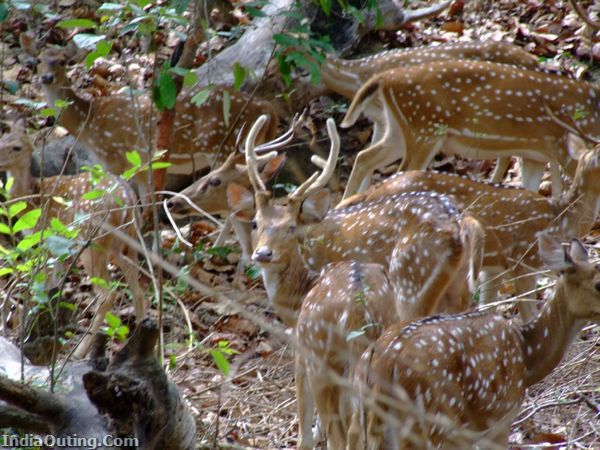
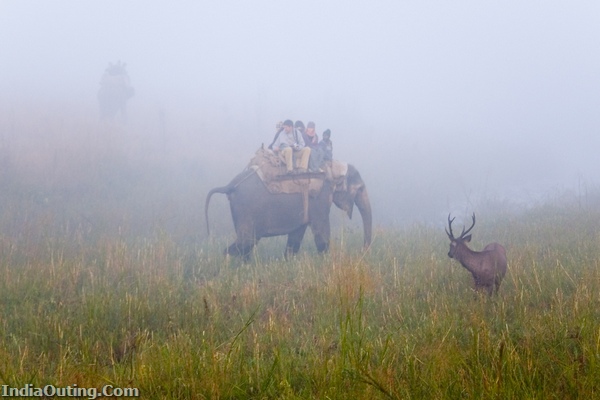
Climate
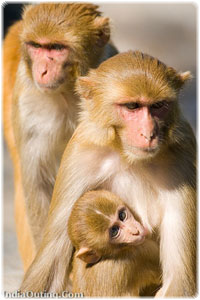
There are three well defined seasons in the Corbett National Park- the winter season which lasts from November to February, the summer season which lasts from March to June, and the rainy season which covers the rest of the month. The summer rains cause flooding in the park. The temperature in the Winters can go down to 4 degrees centigrade at night and the entire jungle is dry in the summer months as the temperature goes up to 44 degrees centigrade. The annual rainfall in the park ranges between 1400mm and 2800mm.
Get There
It is normally accessed from the town of Ramnagar, and is a two hour drive to the north.
The main areas (Dhikala and Bijrani) of Jim Corbett National Park are closed from 16 June – 14 Nov for the monsoon season. Jhirna & Sitabani (Buffer Zone)remain opened all year round.
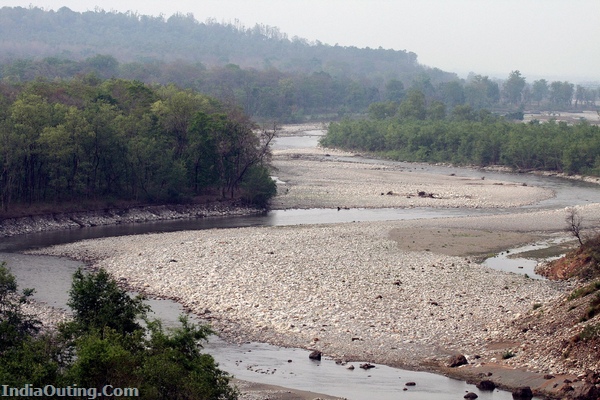
See
Bengal tigers, although plentiful, are not easily spotted due to the abundance of camouflage in the reserve. Thick jungle, the Ramganga river, and plentiful prey make this reserve an ideal habitat for tigers who are opportunistic feeders and prey upon a range of animals. The tigers in the park have been known to kill much larger animals such as buffalo and even elephant for food. The tigers prey upon the larger animals in rare cases of food shortage, often in packs using the advantage of numerical superiority. The reserve has enormous boars, weighing up to 200 pounds, who provide a match for the tigers as a large male boar is capable of killing a tiger. There have been incidents of tigers attacking domestic animals in times when there is a shortage of prey.
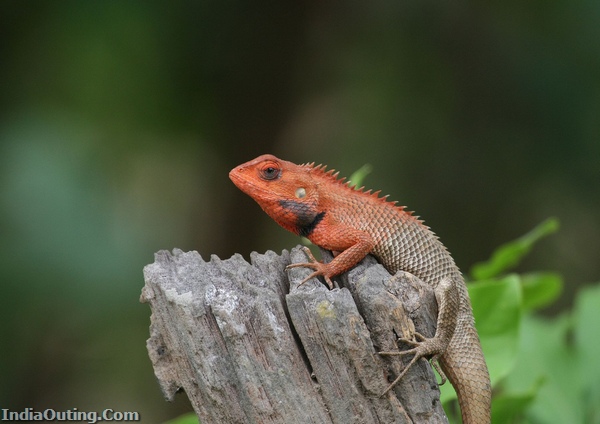

Leopards are found in hilly areas but may also venture into the low land jungles. Smaller felines in the park include the Jungle Cat, Fishing Cat and Leopard Cat.] Other mammals include four kinds of deer (barking, sambar, hog, Black buck and chital), Sloth and Himalayan Black bears, Indian Grey Mongoose, otters, yellow-throated martens, ghoral (goat-antelopes), Indian pangolins, and langur and rhesus monkeys. Owls and Nightjars can be heard during the night.
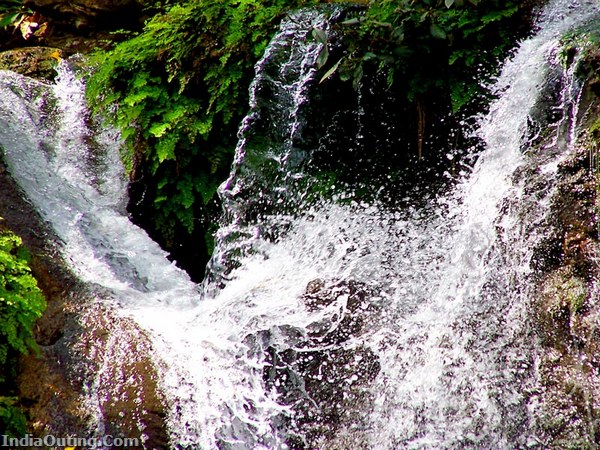
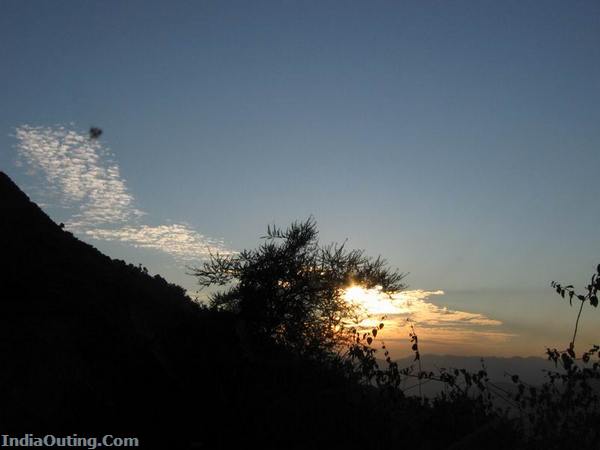
In the summer, Elephants are seen in large herds of several hundred. The Indian python found in the reserve is a dangerous species, capable of killing a chital deer. Local crocodiles were saved from extinction by captive breeding programs that subsequent;y released crocodiles into the Ramganga river.


